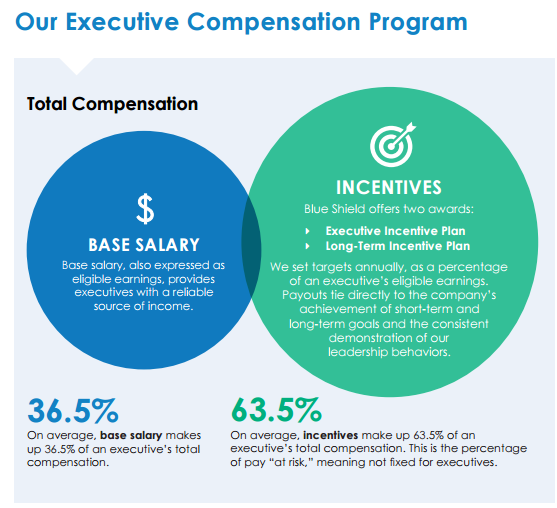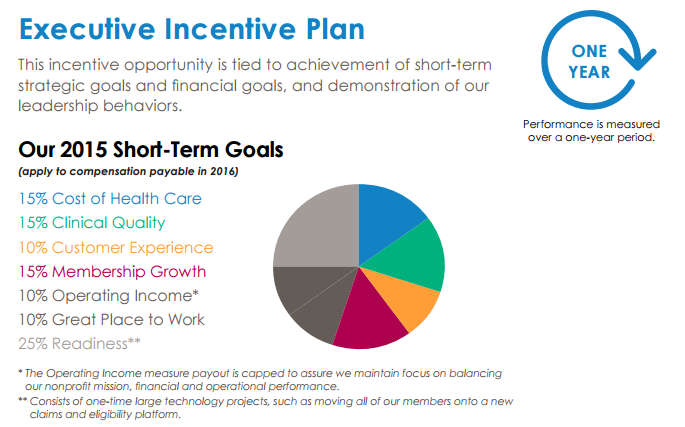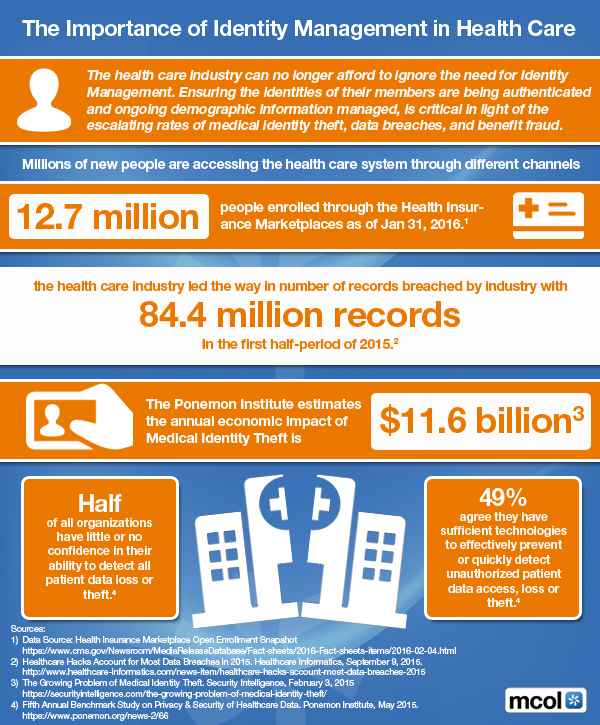IMS Institute on the Global Oncology Market
By Clive Riddle, June 2, 2016
The IMS Institute for Healthcare Informatics this week released their new study: Global Oncology Trend Report: A Review of 2015 and Outlook to 2020, which examines the current and future global oncology market. Their 42-page report tells us that “more than 20 tumor types are being treated with one or more of the 70 new cancer treatments that have been launched in the past five years, with the sustained surge in innovative therapies driving the global oncology market to $107 billion in 2015. However, many of these drugs are not yet available to patients in most countries, and even when registered they may not be reimbursed under public insurance programs.”
The study finds that growth in global spending on oncology therapeutics and supportive care drugs increased 11.5 percent on a constant-dollar basis last year, with more than 500 companies actively pursuing oncology drug development around the world. Collectively, they are advancing nearly 600 new molecules through late-stage clinical development, most frequently for non-small cell lung cancer and breast, prostate, ovarian and colorectal cancers.
And as for the future, “annual global growth in the oncology drug market is expected to be 7.5 – 10.5 percent through 2020, reaching $150 billion. Wider utilization of new products—especially immunotherapies —will drive much of the growth, offset by reduced use of some existing treatments with inferior clinical outcomes. Payers also are expected to tighten their negotiation stance with manufacturers and adopt new payment models in an effort to drive greater value from their expenditures on these drugs.”
The report also shares that:
- The pipeline of oncology drugs in clinical development has expanded by more than 60 percent during the past decade, with almost 90 percent of the focus on targeted agents.
- The median time from patent filing to approval for oncology drugs in 2015 was 9.5 years, down from 10.3 years in 2013.
- Of the 49 oncology New Active Substances analyzed that were initially launched between 2010 and 2014, fewer than half were available to patients by the end of 2015 in all but six countries: the U.S., Germany, UK, Italy, France and Canada.
- Targeted immunotherapies are available in most developed countries, but none of the emerging markets outside of the European Union has yet registered these treatments.
- Of the drugs approved in 2014 and 2015 by a set of developed countries analyzed, only the U.S., France and Scotland have more than half included on reimbursement lists at the end of 2015.
- The annual growth rate in cancer drug costs has risen from 3.8 percent in 2011 to 11.5 percent in 2015, at constant exchange rates. Growth in the U.S. market increased from 2.0 percent to 13.9 percent in the same period.
- The U.S. now accounts for about 45 percent of the global total market for therapeutics, up from 39 percent in 2011, due in part to the strengthening of the U.S. dollar and more rapid adoption of newer therapies.
- In the U.S., cancer drugs now make up 11.5 percent of total drug costs, up from 10.5 percent in 2011
- Net price growth in the U.S. on existing branded oncology drugs have averaged an estimated 4.8 percent in 2015, compared with 6.4 percent invoice price growth
- In the U.S., cancer drugs dispensed through retail channels now account for more than one-third of total costs, up from 25 percent ten years ago and typically covered by pharmacy benefits. This reflects a shift in the mix of new therapies toward oral medicines, eliminating the need for injection or infusion in a physician’s office or outpatient facility.
- Nearly 40 percent of the total costs of targeted therapies in the U.S. are now for oral formulations, up from 26 percent in 2010.
- Only 17 percent of U.S. oncologists are in independent practices, unaffiliated with some type of integrated delivery network or corporate parent, down from 28 percent in 2010.
- Average total treatment costs for patients in commercial insurance plans with a cancer diagnosis who are receiving active treatment reached $58,000 in 2014, up 19 percent from 2013.
- Patients with commercial insurance who were treated in 2014 with cancer drugs received by injection or infusion were responsible for more than $7,000 of costs on average, compared to $3,000 for those patients receiving only oral medicines.
- Some type of coupon or patient cost offset was used for more than a quarter of cancer drug retail prescriptions filled by patients with commercial insurance in 2015, up from 5 percent in 2011 and reflecting efforts by manufacturers to reduce patient out-of-pocket costs. The average cost offset has averaged about $750 per prescription over the past five years.
 Post a Comment By
Post a Comment By  Riddle, Clive |
Riddle, Clive |  Thursday, June 2, 2016 at 05:44PM tagged
Thursday, June 2, 2016 at 05:44PM tagged  Cost & Utilization|
Cost & Utilization|  International|
International|  Surveys & Reports
Surveys & Reports 





